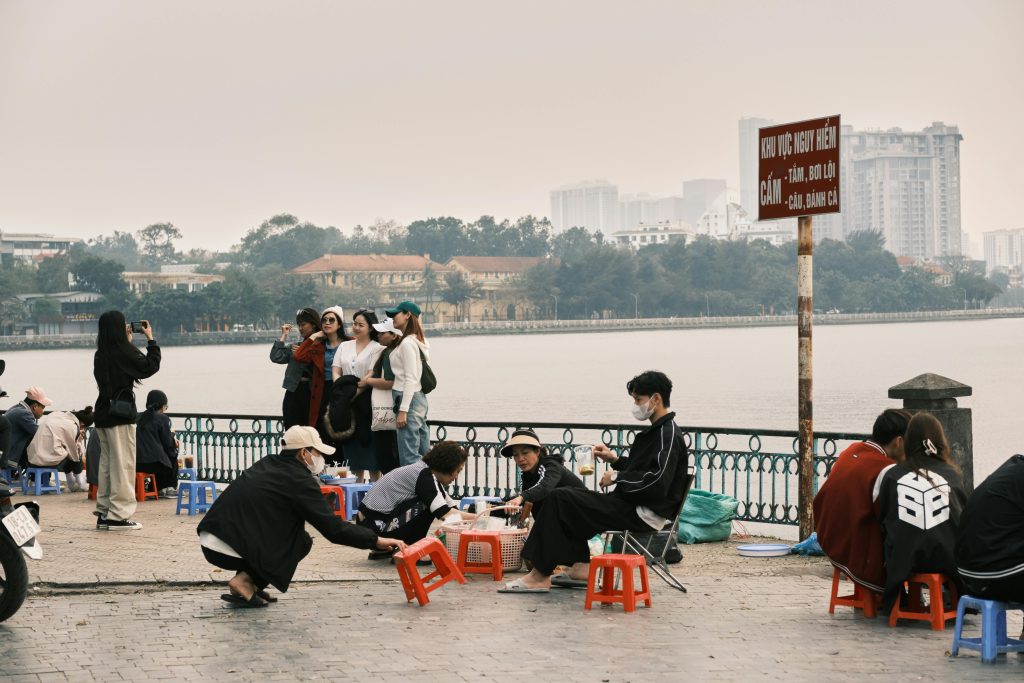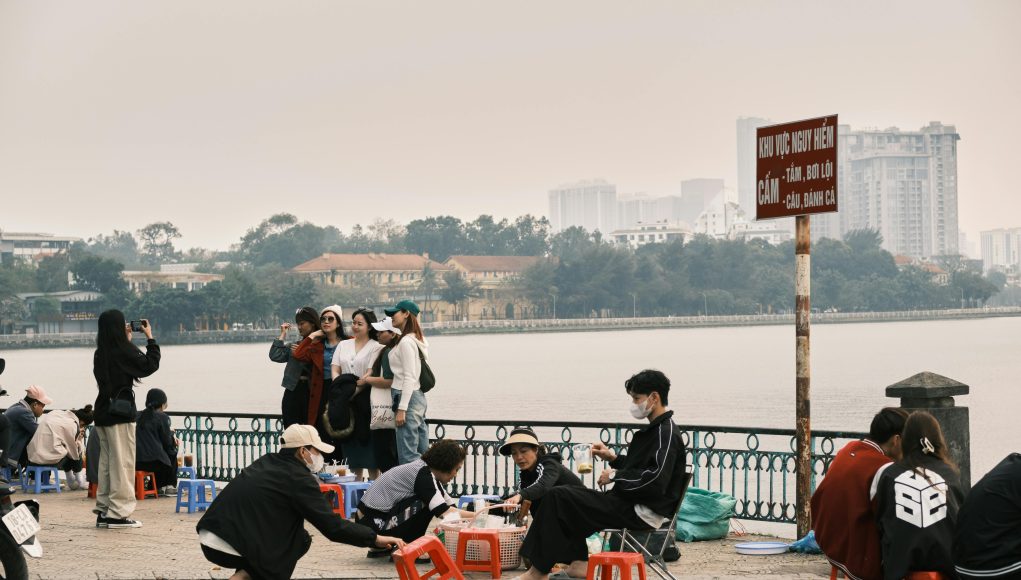
(Singapore, 08.10.2025)Young people across Asia are struggling to secure decent jobs, with many trapped in low-paying or informal work — a growing challenge that could threaten long-term social stability, according to a new World Bank report released Tuesday.
The regional economic update highlights a widening divide between the region’s younger workforce and their older, more experienced counterparts. Despite generally high overall employment rates, youth joblessness remains a persistent problem. In major economies like China and Indonesia, one in seven young people are unemployed.
“The employment rate is generally high, but the young struggle to find jobs,” the World Bank said. “Most people who look for work find it, but many end up in low-productivity or informal jobs.”
A generation under pressure
The World Bank’s findings paint a picture of an anxious generation — one that’s working hard, but often without prospects for upward mobility. Across Asia, millions of young workers are taking low-wage service jobs that have replaced the manufacturing work that once lifted many out of poverty.
The report notes that the shift from factories to services has weakened the economic gains of the past few decades. The problem is particularly pronounced in Southeast Asia, where the rise of digital gig work and informal retail has provided flexibility, but not security.
In addition, labor force participation remains uneven. In countries like Indonesia, Malaysia, and the Philippines, there’s still about a 15-percentage-point gap between male and female participation rates — a sign that women continue to face barriers to full economic inclusion.
The World Bank warns that the share of people vulnerable to falling back into poverty now exceeds the size of the middle class in most Asian nations. Without better jobs and stronger safety nets, that vulnerability could deepen economic divides and breed social tension.
From frustration to the streets
The economic frustration among Asia’s youth isn’t just a statistic — it’s visible in the streets. The report comes as youth-led protests have erupted across multiple regions, from Asia to Africa.
In recent months, demonstrations driven by Gen Z workers have swept through the Philippines, Indonesia, East Timor, Kenya, Mongolia, and Morocco, as young people protest against corruption, inequality, and joblessness.
Many of these protests have been fueled by social media, where young activists rally against what they see as widening inequality and lavish lifestyles among political elites. The discontent has already toppled governments in Nepal and Bangladesh, underscoring how youth unemployment is not just an economic issue — it’s becoming a political one.
World Bank data show that the unemployment rate for 15–24-year-olds exceeds 10% in countries such as Mongolia, Indonesia, and China. By contrast, joblessness among prime-aged workers (25–54) is typically 5% or lower.
That gap reveals more than just a generational divide — it signals a structural weakness in how economies are creating jobs. Many entry-level roles, once a gateway into the workforce, are disappearing as industries automate or move production elsewhere.
Meanwhile, younger firms — those five years old or less — are emerging as critical job creators. In Malaysia and Vietnam, for example, such firms account for 57% of total employment but contribute an outsized 79% of job creation.
However, the World Bank warns that this momentum is fading. “The role of new firms in driving employment has been dampened because fewer startups are entering markets,” the report said, pointing to red tape, financing barriers, and uneven access to digital infrastructure as key constraints.
Trade helps, but unevenly
Trade and investment have helped some economies weather global headwinds. Cambodia and Vietnam, for instance, have benefited from supply chain diversification and export growth, which have created new manufacturing jobs.
Yet these gains remain uneven and fragile, the report cautioned. Global economic slowdowns, geopolitical tensions, and shifting trade policies threaten to reverse progress — especially for export-dependent economies.
“Countries are not fully realizing the benefits of moving workers from less to more productive sectors and firms,” the World Bank said, urging governments to focus on inclusive growth strategies that channel productivity gains toward better wages and social mobility.
To avoid a deeper crisis, economists say Asia’s governments need to rethink education, job training, and entrepreneurship support. Strengthening vocational programs, expanding digital skills, and making it easier for small businesses to access capital could help young workers find better opportunities.
Policies that encourage women’s participation and provide social safety nets for informal workers will also be critical, the report notes.
The challenge is not just to create more jobs — but better ones. Without decisive action, Asia risks losing a generation of workers to underemployment, disillusionment, and unrest.
As the World Bank warns, the region’s youthful energy — once its biggest advantage — could turn into its greatest source of instability if opportunities continue to shrink.





































